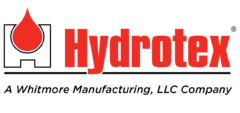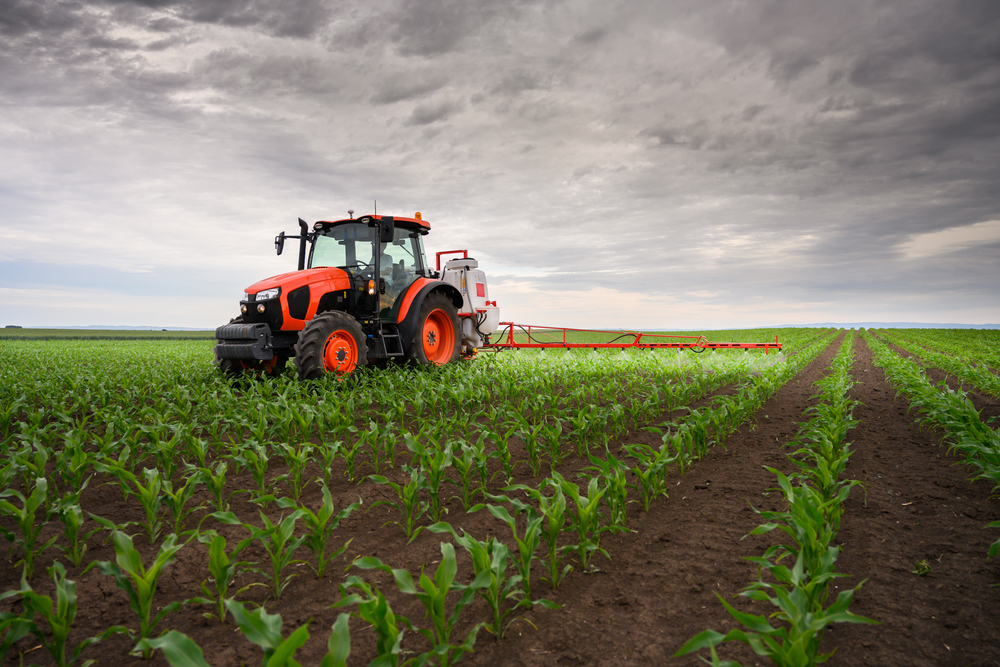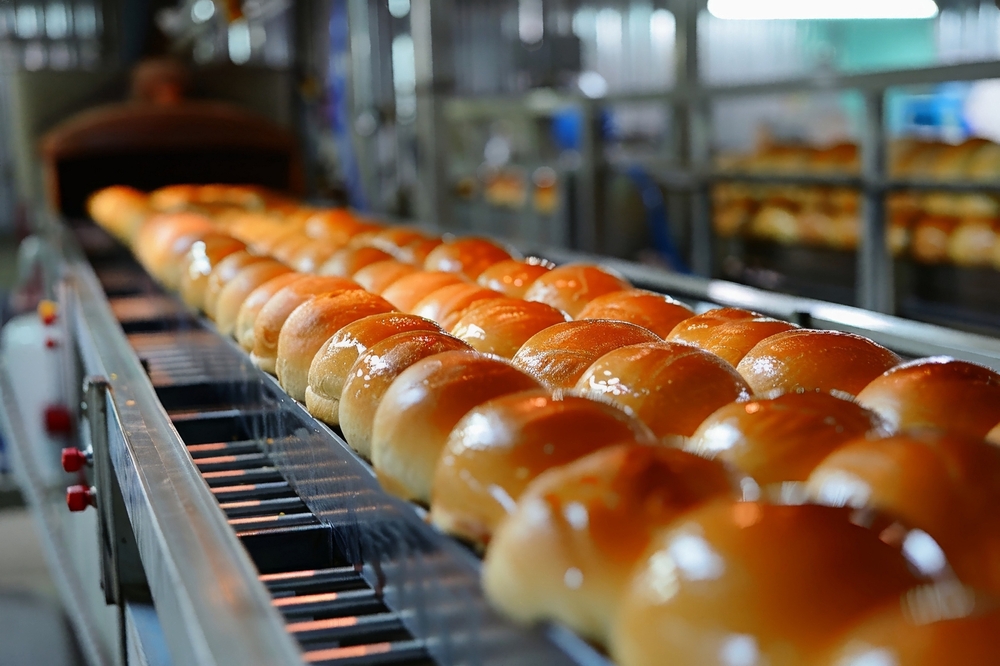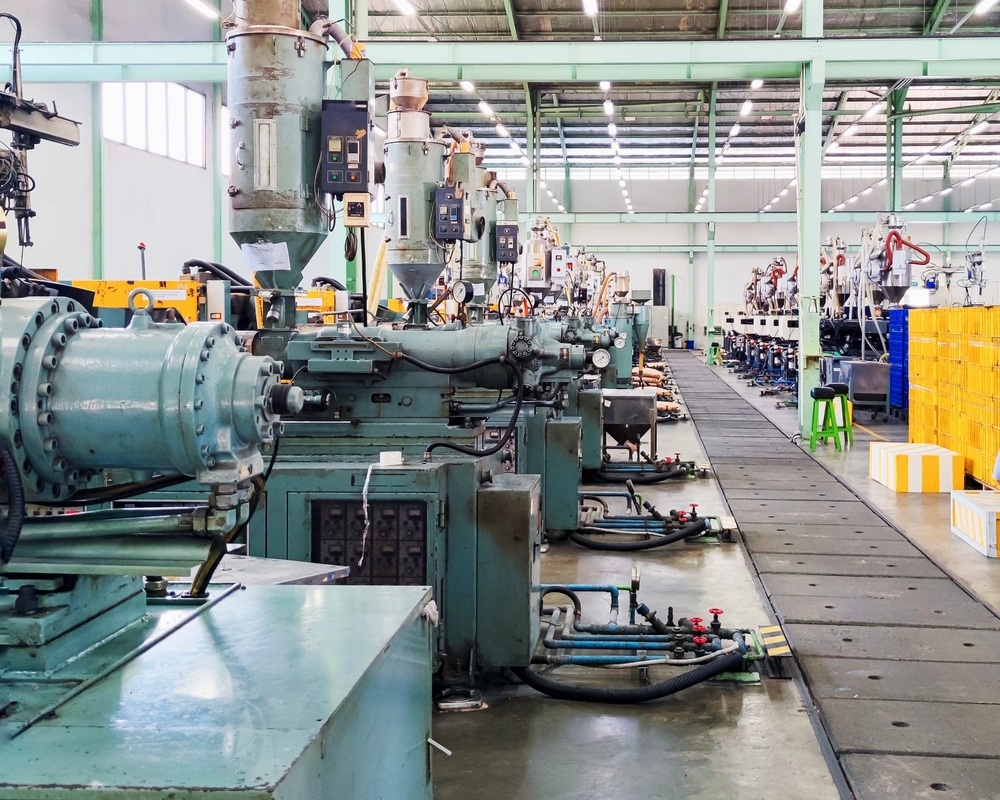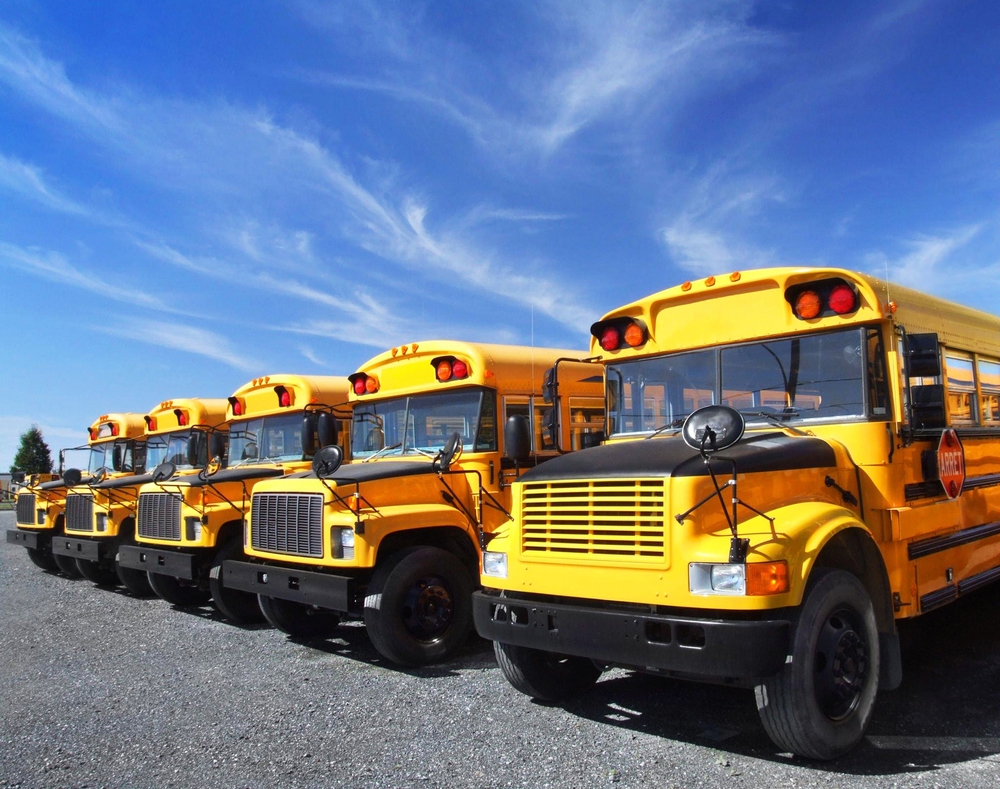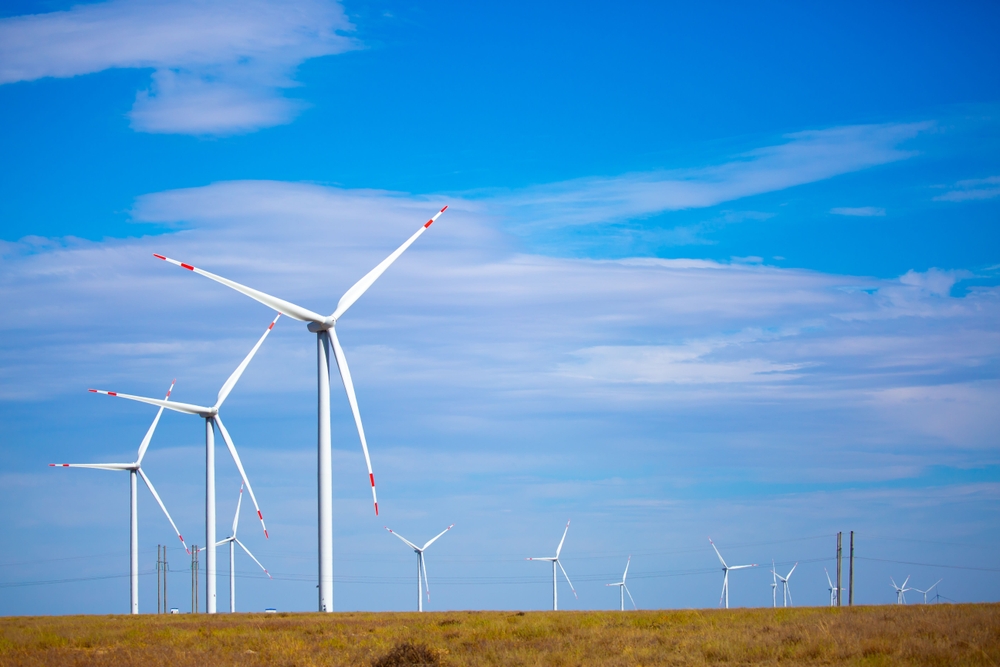About Hydrotex
Hydrotex and its local representatives partner directly with customers to deliver the lowest annual cost of sustainable lubrication. We combine industry-leading products with expert field support to ensure every lubrication program is built for long-term performance and measurable results.
With our state-of-the-art expertise in lubricant selection, reliability practices, and application-specific program design, we help customers reduce operating costs, extend equipment life, minimize downtime, and increase overall profitability. Every solution is tailored—ensuring the right product, the right frequency, and the right procedures for each unique operation.
Our vision is to drive positive change within every organization we serve, as well as within our own. Through continuous innovation, hands-on training, and a commitment to sustainability, Hydrotex empowers customers to operate more efficiently, protect their assets, and achieve higher levels of reliability.
From industrial manufacturing and agriculture to fleets, food processing, utilities, and pupil transportation, we are dedicated to providing high-performance lubrication solutions that support safer, cleaner, and more productive operations.
